Have you ever been at home and been bothered by the artificial lighting outside at night? This is a typical problem of a poor lighting design where obtrusive lighting has not been properly considered.
Obtrusive light occurs when unnecessary light or spill light is cast where it is not wanted. Generally, obtrusive light will hinder or bother the human eye – but its also to do with its effect to the wider environment.
For people the affects are generally two fold;
1/ Glare – occurs predominantly when there is a strong contrast of the light to its surroundings which cause a point of discomfort and annoyance to the occupants.
2/ Light Trespass – here spill light from a streetlight, adjacent building or a floodlight enters a window and illuminates an indoor area. The spill light becomes a nuisance to the occupants, in extreme cases it can compromise human health by effected our sleep.
For the environment the biggest negative impact is;
3/ Sky glow – or unnecessary upward light spill.
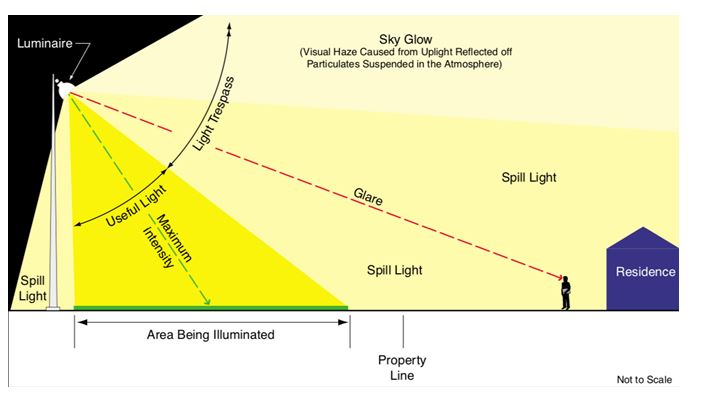
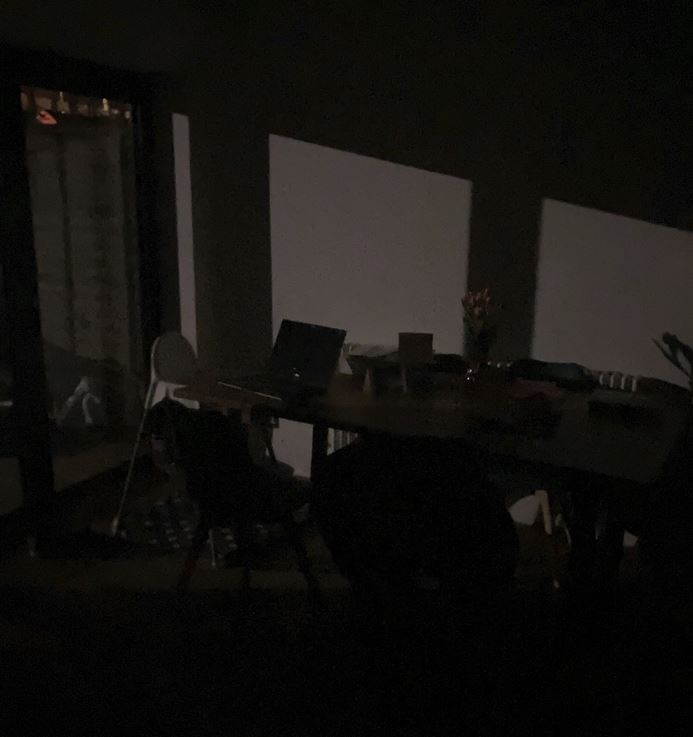
The image above is light spill from the street lights outside into my kitchen at night. Its more of an annoyance than an issue in my case.
Our top tips for designing schemes to avoid the issues related to obtrusive light pollution are as follows;
1/ Check and design to the guide lines.
Here in the UK, we have societies and institutions who have created guidelines to assist with the issue of obtrusive light. The ILP has released a guideline “The Reduction of Obtrusive Light” (https://theilp.org.uk/publication/guidance-note-1-for-the-reduction-of-obtrusive-light-2021) that offers explanations along with practical solutions on how to deal with this issue.
On the topic of obtrusive light, CIBSE has released a publication named “LF07 Design and assessment of exterior lighting schemes (2019)” is available for download. (https://www.cibse.org/knowledge/knowledge-items/detail?id=a0q20000008JgW9AAK) This is one of the SLL series of available fact files, all of which are available on their website.
CIBSE takes a lot of its guidance from CIE documentation, there is a rather handy calculation CIE 150 which sets out guidelines for assessing the environmental impacts of outdoor lighting and gives recommended limits for relevant lighting parameters to contain the obtrusive effects of outdoor lighting within tolerable levels. The guide does aid to producing lighting systems which control obtrusive effects however it does have its limitations.
2/ Define the Environmental zones
Defining the environmental zones helps aid the designer into defining the maximum and minimum permissible levels to avoid obtrusive light. These can be given by the client or suggested by the lighting designer.
The guide lines outline five environmental zones to establish a basis for outdoor lighting regulations. The environmental zone rating can be used to help ensure that the lighting goals of an environment are appropriately defined and met, but not exceeded. Environmental zones promise to reduce overall light pollution by helping to limit, or in some cases eliminate, light wastage. These zones range from E0 – E4, they describe the various lighting environments and the surrounding context to a given site.
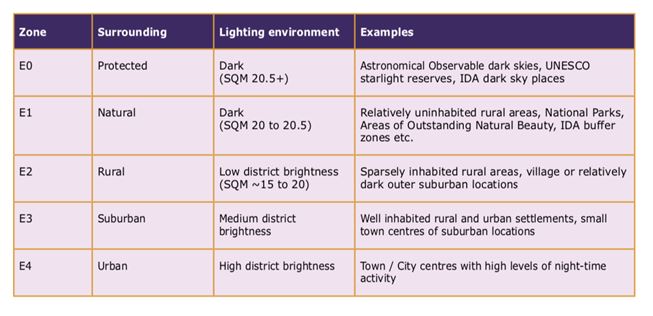
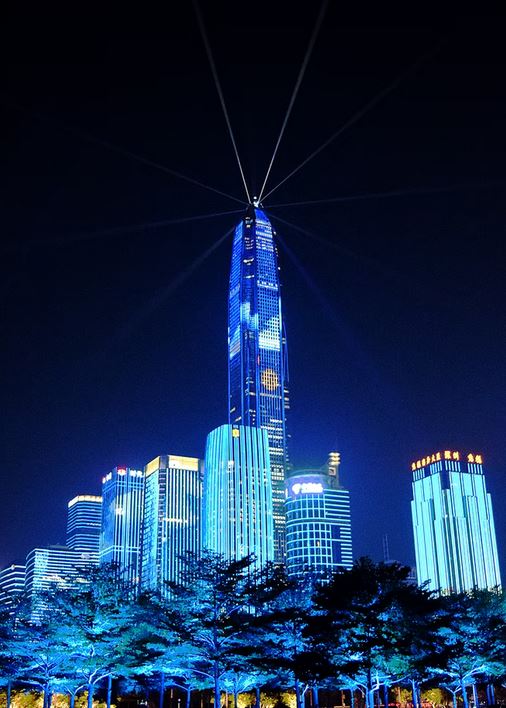
Built up areas will accept higher obtrusive light levels.
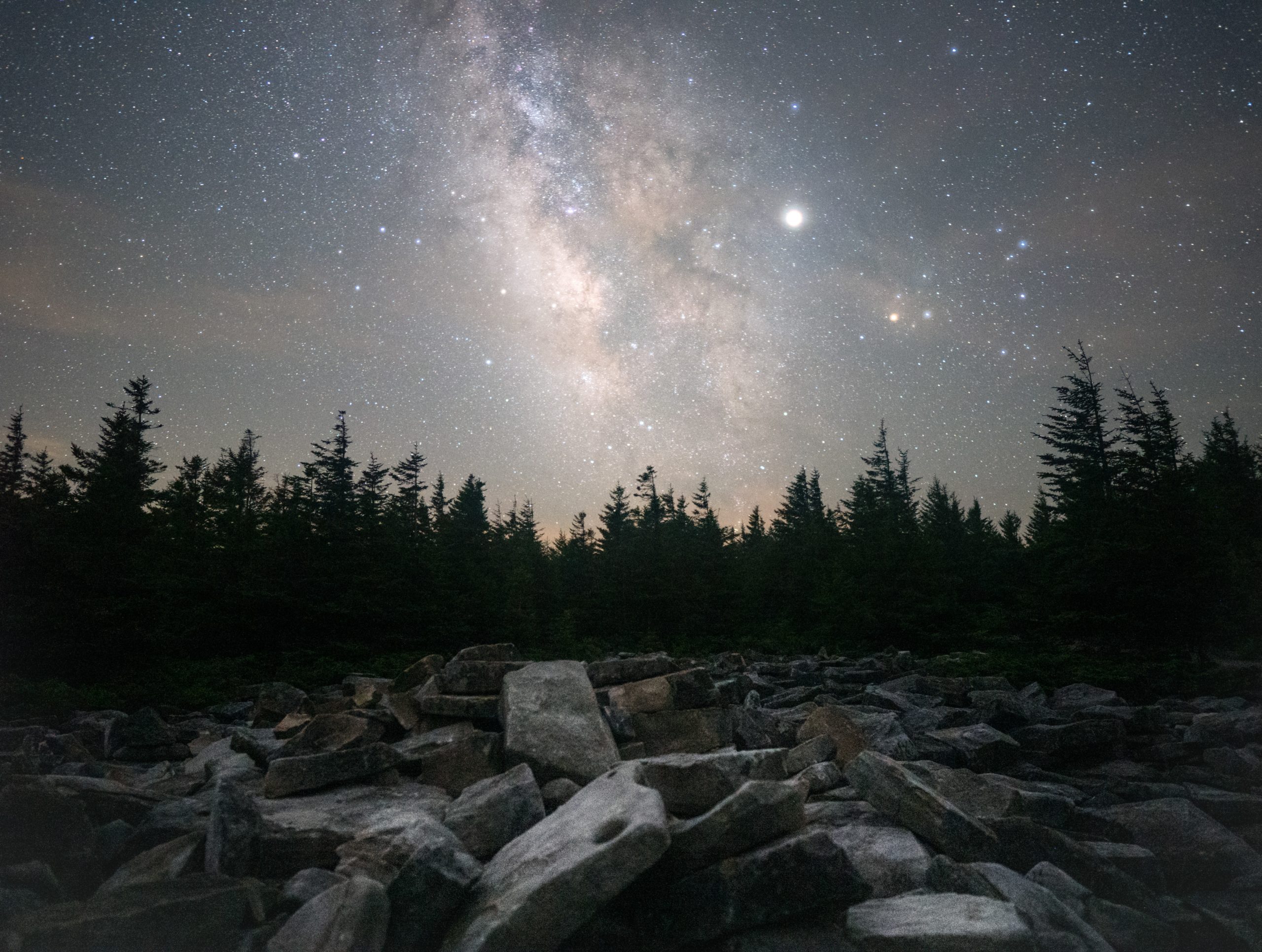
National parks suggest little or no light pollution to protect the wider environment.
3/ Understand how to calculating obtrusive light
This brings us neatly on to how to calculate the obtrusive lighting.
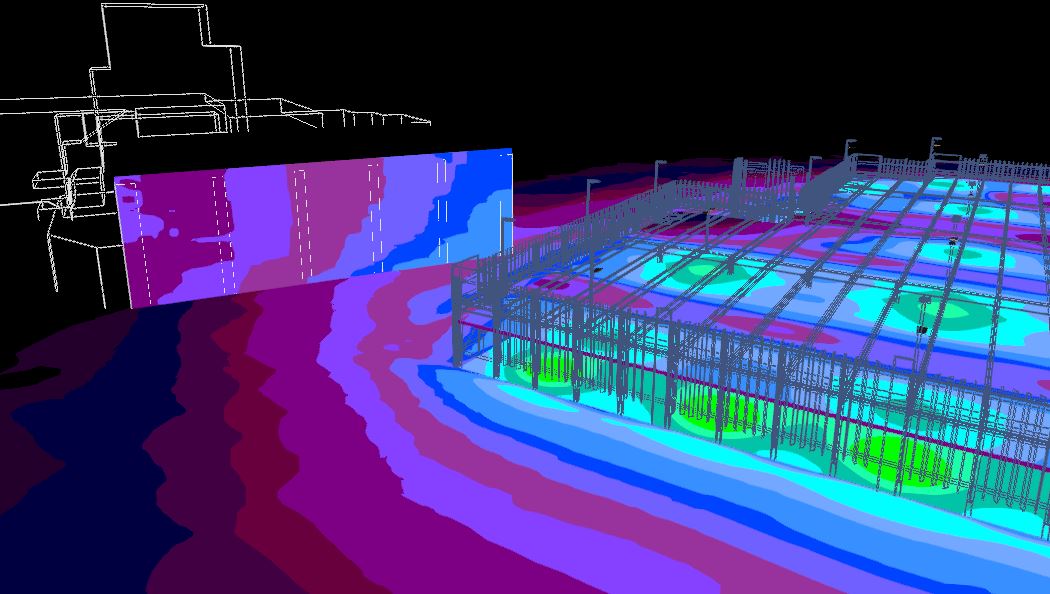
There are 2 elements here, one is the illuminance or lux falling on to the area being lit and its relation to the surrounding area. Obtrusive lux calculations are typically taken around the building facades next to the area being lit. This may have windows and living areas where light pollution can cause a problem to the residents within. This is relatively easy to calculate with most design software. It requires a vertical calculation grid and should fall below the obtrusive lighting guidelines for that area.
The other is the luminosity of the light source itself which is related to the physical size of the luminaire head and its relation to the observer.
The luminosity calculations are complicated but help the designer understand where potential issues are going to be around glare and to design this out from the out set. Specialized lighting software such as AGI32 are able to produce CIE150 reports which will tell whether the lighting falls within the design criteria.
Due to the complex nature of these calculations luminosity calculations should really only be carried out by a lighting professional to ensure that the model is set up correctly.
Pre curfew and post curfew conditions will impact what denotes a pass or a fail in terms of acceptable lux & luminosity levels. A typical output that we can expect pre curfew could be in the region of 2lx – 25lx, depending on the environmental zone. Post curfew would be in the region of 0.1lx – 5lx, depending on the environmental zone.
4/ 10 Practical things to consider to avoid obtrusive light.
As with any lighting query please get in touch here; hello@lightingdesignstudio.co.uk